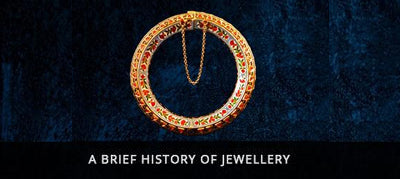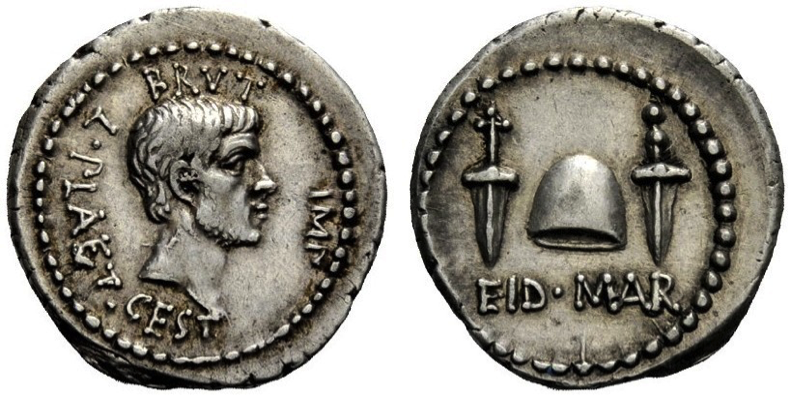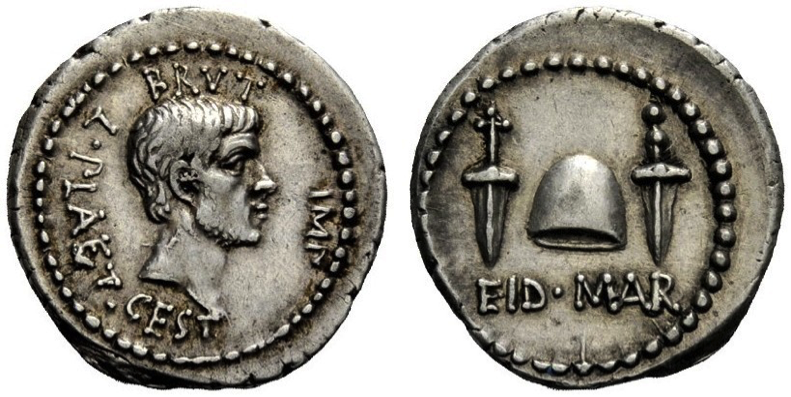Coin Collecting
For as long as coins have been minted, they have been hoarded and collected. At first, coins were stockpiled as financial security due to their inherent bullion value. However, evidence exists that coins were collected during the Roman era simply out of interest and as a portable form of art. Since then, coin collecting has stuck, and grown into the multi-billion dollar global business it is today. This article will assess the current trend of the coin collecting market; including a brief history of this venerable hobby, key moments, a general view of the market, and brief outlook on the future of the hobby.
To get started, we’ll focus on some basic terminology. Though coin collectors are often referred to as numismatists, the term numismatics actually refers specifically tothe systematic study of coins and currency. Someone can be a coin collector and not a numismatist, or they can be a numismatist but not a coin collector. Often, they can be both!Currency refers to money in any form while it is actually circulating (generally coins or banknotes). Coins stop being currency when they cease being traded in monetary transactions, but they will always be coins.

Figure 1:One of the most famous coins of all time, this Eid Mar Denarius was minted by Marcus Junius Brutus to commemorate the assassination of Julius Caesar in 44BC. In extremely fine condition, an Eid Mar Denarius can bring over $120,000.
History of the Hobby and Key Moments
The Ancient Romans were among the first recorded people to collect old, exotic or commemorative coins.In De vita Caesarum (The Lives of the Twelve Caesars), Suetonius wrote that the emperor Augustus sometimes presented old and exotic coins to friends and courtiers during festivals and other special occasions. During the Renaissance, coin collecting really came into its own. It became a hobby among some members of the privileged classes, and the famous Italian scholar Petrarch became one of the first aficionados. In the centuries that followed, many European kings, princes, and other nobility kept collections of ancient coins. Coin collecting became known as the "Hobby of Kings”, likely because only the extremely wealthy could afford to do so.
A new way of thinking, brought on by the Enlightenment, led to a more systematic approach to the accumulation and study of coins. During this time, Numismatics emerged as an academic discipline and became a leisure pursuit of the growing middle class, eager to prove their newfound wealth. The first coin shows, trade associations, and regulatory bodies emerged in the late 19thand early 20thcenturies, and the first international convention for coin collectors was held in August 1962 in Detroit. Nowadays coin collecting offers opportunities for enthusiasts of all ages and budgets, and what was once referred to as the “Hobby of Kings” is nowwidely recognized as the "King of Hobbies".

Figure 2:Louis XIV of France was one of the pursuit’s most famous enthusiasts when in 1660 he inherited an outstanding collection of coins formed by his uncle, Gaston, duc d'Orléans. Overnight, Louis became a coin collector; a hobby he pursued with great enthusiasm for the remainder of his life.
Current Trends of the Coin Collecting Market
Like all collectibles, the coin collecting market experiences fads and crazes. Although most historic coins experience ebbs and flows in popularity (for example, Peace Dollar prices are, on average, slightly lower today than they were 10 years ago), these changes are generally subtle. Fads are often much more visible in modern coins, where limited edition pieces can double or triple in price in a matter of days. In order to discourage speculators and investors, many mints put an order limit on their most coveted releases. The US Mint, Royal Canadian Mint, and Royal Mint are three of the most prolific mints offering sought-after collector issues.

Figure 3: In 2016, the Royal Mint (UK) released a silver 50 Pence coin featuring Beatrix Potter’s fictional character Peter Rabbit. The issue was limited to 15,000 pieces and sold out almost immediately. While the coins originally sold on the Royal Mint website for £55 ($70), they now regularly bring prices upwards of £500 ($640). Cashing in on the coin’s popularity, the Royal Mint released a long line of Beatrix Potter-related coins over the last two years.
As a result of several high-profile collector releases and the wide publicity of “modern rarities”, the modern coin market as a whole has experienced a huge increase in popularity. Younger collectors appear to be particularly attracted to modern coins for a variety of reasons. In general, modern coins are more accessible, less likely to be faked, and can be purchased by those on a budget. In addition, modern coin sets are generally easier to complete, which provides the collector with a sense of satisfaction.
While the modern coin market has taken a significant upturn in recent years, many analysts suggest that the classic coin market has, overall, stagnated slightly. This is attributed to a variety of factors, chiefly that a proportionately higher number of classic coins are now coming to market than in previous decades. The 2009 recession left a significant number of collectors selling their classic coins for much-needed cash, and today many of these enthusiasts are simply getting older and are passing their collections on. As a result, many classic coins are considered by analysts to be undervalued.

Figure 4: Analysts suggest that later-date Barber half dollars, in addition to many other classic coins, are undervalued. Surging popularity in modern coins over the last decade has left the classic coin market in a lull.
General View of the Market
As with most collectibles, coin collecting tends to follow a generally defined trend. Although trends and fads for certain issues see their prices rise and fall, exceptional high-grade coins remain highly coveted by collectors. As such, the rarest and most desirable coins in the world continue to reach ever-higher prices. Continuing a position it has held for at least the last century, the United States coin market remains the most popular and valuable market by country. Of the top 10 most valuable coins of all time, 9 are American. Other countries with a strong coin collecting market include Canada, Australia, China, and most of Europe (in particular the United Kingdom). That being said, almost every country that has ever issued coinage will have at least a couple of sought-after pieces. Coin collecting continues to be popular around the world, and it seems that the future of the market is secure. While it is true that not all coins will increase in value, doing the appropriate research and buying when the price and circumstances are right is the best way to ensure a safe investment. A wise collector-investor will tell you that the time to make money is not when you sell, but when you buy. Never allow yourself to be rushed into a significant purchase.

Figure 5: The current most valuable coin in the world is this 1794 USA silver dollar. Many Numismatic researchers believe that this particular coin was the first silver dollar minted in the United States, and the market seems to agree with them. On January 24, 2013, this coin sold for an eye watering $10,016,875.
The beauty of coin collecting is that a collector has so many different designs to choose from and methods of collecting. While one collector might prefer to collect all dates of a particular design (for example, Lincoln pennies from 1909-present), another might prefer to collect as many coins as they can featuring elephants. How and what you collect is strictly up to you, but all collectors will agree that you should enjoy the process thoroughly!










